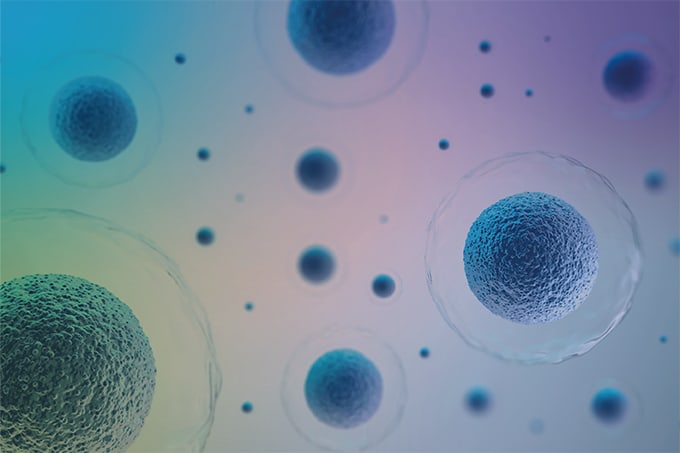For someone with idiopathic REM sleep behavior disorder (iRBD), dreams can come true – literally. A loss of muscle paralysis during rapid eye movement (REM) sleep can cause patients with the disorder to physically act out their dreams. There is a pressing need to identify biomarkers that could help diagnose this condition – not just because the disorder itself can affect overall health, but also because iRBD is now considered to be an early indicator of an α-synucleinopathy related to various neurodegenerative diseases, such as Parkinson’s. Now, research that focuses on glycosylation patterns has identified certain N-glycan structures that could serve as diagnostic biomarkers for patients with iRBD (1).
Although the quest for iRBD biomarkers has recently been driven by proteomics, a growing body of evidence has shown that glycosylation plays an important role in dynamic disease mechanisms and the onset of various pathological conditions. This led the researchers to compare the glycosylation patterns of nine iRBD patients with those of 10 healthy controls using liquid chromatography and mass spectrometry (LC-MS). The analysis of permethylated glycans from blood sera found 59 N-glycan structures in the healthy cohort and 56 in the iRBD cohort. Sixteen of these N-glycan structures were significantly altered in the patients with iRBD, including the HexNAc6Hex6 species, which was only present in this group.
In addition, seven N-glycan isomers differed significantly between the two cohorts. Of these, the greatest differences were found in levels of HexNAc4 Hex5 Fuc1 NeuAc1 and HexNAc4 Hex5 Fuc1 NeuAc2, which were higher in the iRBD group. By acting as diagnostic biomarkers for iRBD, these findings could provide an important window into the underlying neurodegenerative diseases such patients may possess.
To achieve accurate separation, identification, and quantification of isomeric glycans, the researchers needed to address issues with the ability of LC-MS to separate isomers. “Our group has adopted a sophisticated and advanced approach to optimize isomeric separation by using porous graphitized carbon stationary phase under a high temperature of 75°C,” the authors explained in their study. The approach facilitated the “reliable identification and characterization of glycan structures, as well as precise and accurate quantitation of isomeric structures.”
They emphasize that further studies with larger sample sizes are needed to confirm the reproducibility of their findings. Eventually, though, their discovery that a link could exist between glycosylation patterns and the presence of iRBD could be crucial for identifying patients at increased risk of neurodegenerative disorders. Although the potential for such predictions raises ethical questions around selecting patients to be tested – and mitigating the possible psychological effects of the results – the potential for developing molecular therapeutic targets to combat neurodegeneration is nevertheless enticing.
References
- X Dong et al., “LC-MS/MS glycomics of idiopathic rapid eye movement sleep behavior disorder”, Electrophoresis, 39, 3096–3103 (2018). PMID: 30168606.




